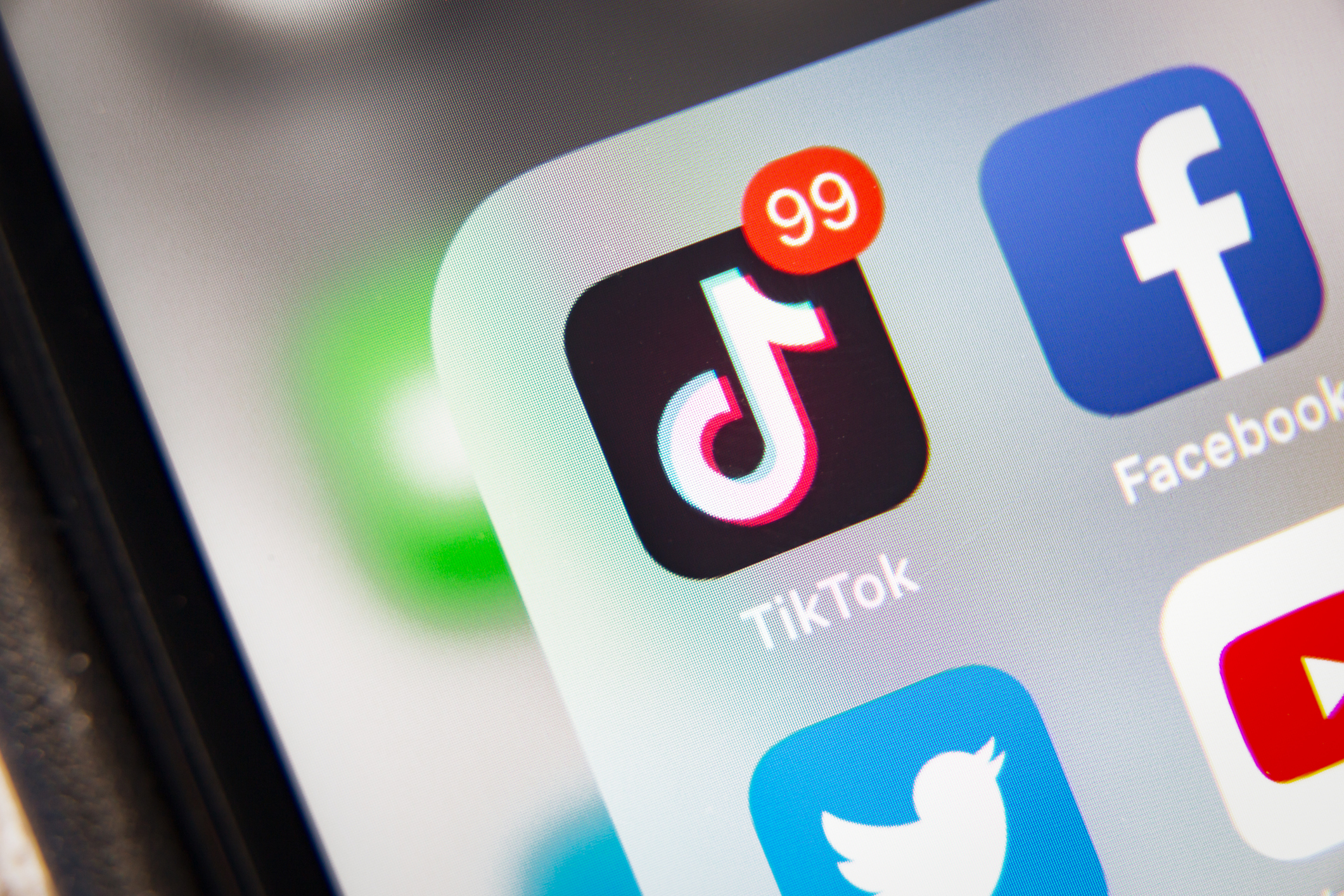What’s the Tik Tok beer poster trend all about?
A craze where people photoshop themselves into virtual beer posters has gone viral. Here’s everything you need to know about the phenomenon.

Social networking platform Tik Tok, the home of questionable millennial dance moves, has birthed another bizarre, but infinitely shareable trend. This one involves people superimposing themselves inside a makeshift beer advert. The trend has amassed more than 50million views already, and the numbers just keep racking up, with hoards of people signing up to free seven-day trials of photo-editing apps to create their own beer poster, then cancelling their subscription before having to pay a penny.
So how does it work? Users take an image or brand logo from a particular beer and use a photo editing app to place a photo of themselves over the background, making the final product look as if the person is ‘inside’ a beer advertisement. Cue lots of side boob, V signs and wonky palm trees. Some photo tools like the Pics Art app even feature handy beer stickers for brands such as Corona, Budweiser and Heineken, which are helping people to hone their works of art. The aspirational image is then shared on TikTok using the hashtag #beerposter and the likes start pouring in.
Partner Content
The beer poster trend follows on from last year’s Vogue challenge, which saw millions of Tik Tok users turn photos of themselves into glossy magazine covers, and it has taken off just in time for summer, when the idea of sipping a cold beer on an idyllic beach somewhere sounds, well, perfect actually. It could be that the beer poster trend is a way of travelling without actually travelling, and visualising ourselves ‘living our best lives’ in the wake of continued Covid-19 travel restrictions.
What beer brands themselves think about the poster trend, however, is another matter, with brands staying surprisingly quiet on the subject. On one hand it’s a completely free way to reach a colossal audience (since launching in 2016, Tik Tok has acquired 689million active users worldwide). On the other hand, there’s no guarantee that poster creators are of legal drinking age, or that the values of that individual align with the values of the beer in question. It may not be long before we start seeing household name brands creating their own version of the challenge to piggyback on its success.




